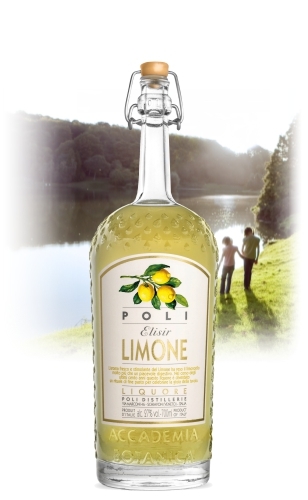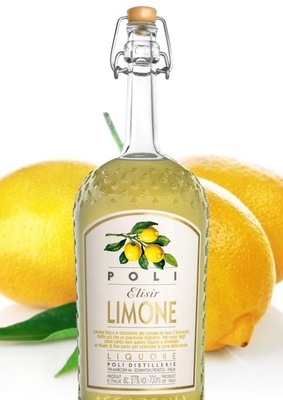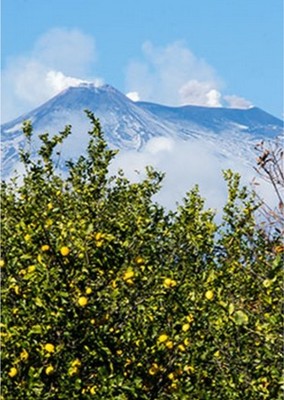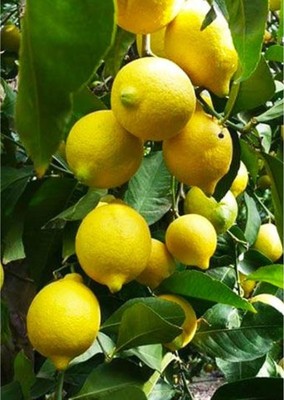Poli Elisir Limone
The fresh and stimulating fragrance of lemon rind and a balanced alcoholic structure make limoncello much more than a pleasant digestive.
Over the course of the last hundred years, this simple and natural liqueur became an after-meal ritual to celebrate the joy of dining. A real symbol of Italian liqueur tradition in the world.
Until a few years ago we used lemon peels from the Riviera dei Limoni on the western coast of Lake Garda. However, the quality was not constant, due to the variability of the climatic conditions. We therefore preferred to turn to a supplier able to give us a guarantee of continuity in terms of quality.
After various research, we chose a supplier of Etna Lemons.
These lemons have been grown for more than 200 years along the eastern coast of Sicily, on the eastern side of the slopes of Etna.
The specificity of the “Etna Lemon” is mainly based on the high quality of the essential oils in the peel found in both the “Femminello” and “Monachello” cultivars.
The uniqueness of their organoleptic qualities is closely linked to the particularity of the territory in which they grow, a pedoclimatic environment with very fertile volcanic soils, subacid pH, low in limestone, more or less deep and rich in nutrients and organic matter.
The climate is mitigated by the Ionian Sea and the presence of the Etna volcanic complex, with a predominance of Levante, Sirocco and Grecale winds, the sunshine is high and there is availability of excellent quality water.
Another specificity is the particular cultivation technique, called 'forzatura’ (forcing) adopted by local producers that allows summer production.
This technique, which allows forcing the plant to flower in summer and bear fruit in the period from May to September of the following year, has been handed down from generation to generation for over two centuries and is typical of this area. Not irrigating during the month of June - July induces water stress in the plant; after this period, through increasing irrigation, the plant wakes up from forced hibernation and a second flowering is caused which will bear fruit the following year. The studies conducted demonstrate that the concentrations of Vitamin C, total flavonoids, hydroxycinnamic acids and phenolic compounds are higher than in other lemons.
We have therefore chosen this area because we believe it is more suitable than all the other parts of Sicily and also than other areas of Italy, such as the Sorrento Peninsula. For example, Etna lemons do not need to be covered in certain seasons of the year with trellises which are instead typical of lemons grown in the Sorrento Peninsula. This is an important aspect which is naturally overlooked by the renowned Sorrento limoncellos.
Lemon sweet liqueur
Elisir Limone
Refreshing as a walk along the lake waterfront.
Liqueur with natural infusion of lemon peel.
Its aroma recalls a pleasant lemon ice cream during a pretty summer day.
Find out more Watch
Watchthe video
Grappas
Features
Raw material: Etna Lemons peel
Production method: natural infusion of lemon peel in alcohol
% Alc - Content: 27% Alc./Vol - 700 ml
Servize: chilled
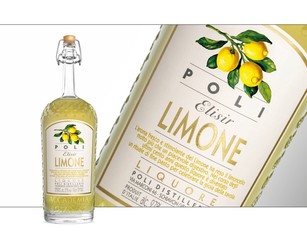
Distillates
